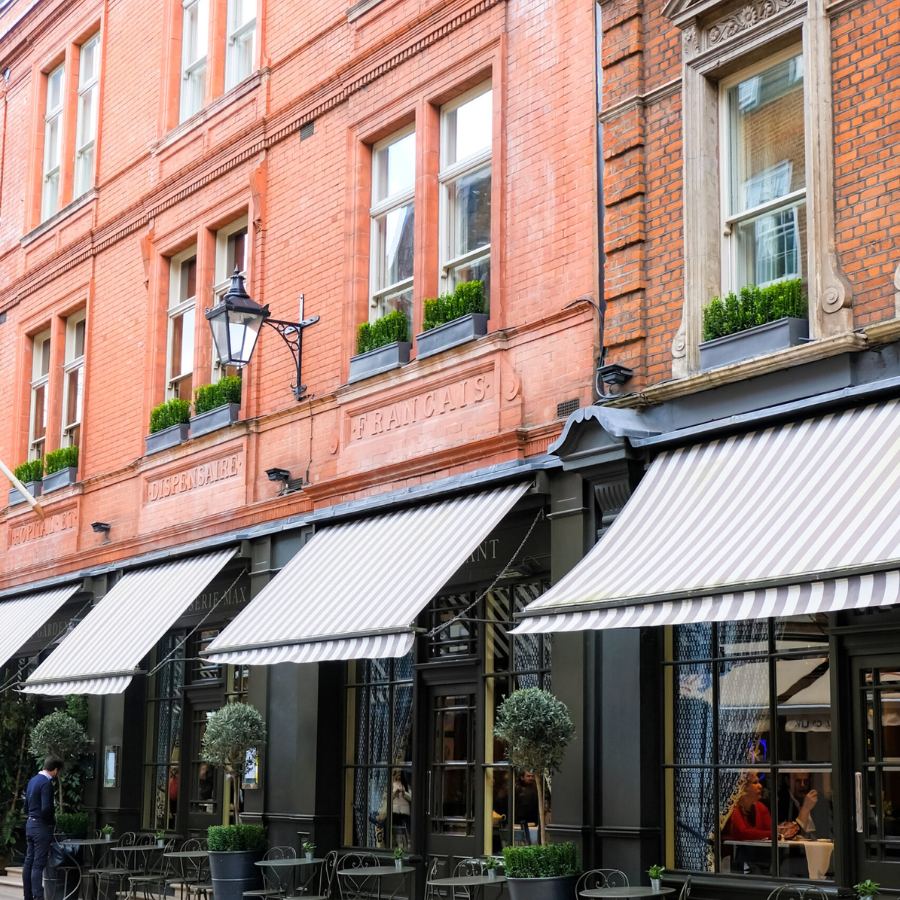Earlier this summer, I decided to check out an adult book fair in my town. I was ecstatic for a chance to walk down memory lane and go to a good old-fashioned book fair. We can go on a whole tangent as to why Scholastic book fairs were a spectacle for income inequality, but for now, revel in the nostalgia with me.
I take a look at the address. It’s a cute little coffee spot known to host community gatherings like this.
As I am driving there, I tell my mom I’m going to the book fair. She asks where it is. I say it’s off North Main but tell her not to worry, joking that it’s in the gentrified part.
North Main is an interesting area, with abandoned buildings and hipster wine spots right next to each other. When I was growing up, it was considered dirty and dangerous, populated with a lot of Black people (because those things always go together in the inner city, right?). Now, it’s NoMa and it’s considered a mecca for small businesses, especially white ones.
@liberationislit Adult Book Fair and thoughts on gentrification 🫠 #LiberationIsLit #BookTok #Books #BookFair #BlackBookTok #Gentrification #ColumbiaSC #NoMa #BookNerd ♬ original sound – Tayler
What Is Gentrification?
The North Main area is becoming gentrified more and more each year. Gentrification is when wealthier [white] folks move into predominantly working-class or poor [Black and Brown] neighborhoods, driving up property values and displacing the original residents. It can happen to residential areas or commercial ones, where big franchises or upscale establishments price out smaller businesses.
I always think about the book When No One is Watching by Alyssa Cole when I think about gentrification. It starts with white people “discovering” a neighborhood. And then, slowly, all the people of color start to disappear (read the book because this one gave me chills!).
Unfortunately, in my experience, it usually starts with artists or college students. I could foresee the end of North Main as I knew it when a local [white] art collective opened its doors. I also watched downtown Charleston, South Carolina, rapidly gentrify as more and more of my classmates started moving onto the streets I was told not to go down at night my freshman year. A nice white woman I didn’t know told me this year that it was sad to see what was happening to the Black people there, as she implored me to educate her on gentrification at a mixer (not appropriate, if you were wondering).
Gentrification vs. Revitalization
Some people think gentrification is a good thing. Why wouldn’t those residents want a Starbucks? Why wouldn’t they want people to come in and flip houses to make the neighborhood look more appealing?
But there is a difference between revitalizing a neighborhood and gentrifying it.
If you want true revitalization, the first step is to get the already-existing residents at the table. Politicians and developers alike love coming into communities and assuming they know what’s best for the people who live there. They love telling poor people how to live their lives in order to maintain power and control over these communities.
But it’s not revitalization if you push out the people in the community. Revitalization instead becomes a cover for the insidious business of taking advantage of a distressed area (that became this way in the first place due to redlining and divestment in Black and Brown communities) to create overpriced luxury experiences to attract wealthier people for a higher profit. This is gentrification.
I Don’t Belong in These Spaces
My story at the beginning was about a book fair, though, and it should be a great thing that a book fair is coming to an area with marginalized people, right?
I spent about 10 minutes at this book fair.
First of all, there was one table at the front with books from a local bookstore. The rest of the venue was populated by small businesses, all of them white. Several vendors were selling consignment items at an unaffordable price; others were selling art at an unaffordable price.
I was the only person of color in the space. Period.
This event was never meant for the Black and Brown people that still live in this neighborhood. Who did they invite to be vendors? Did they advertise in spaces accessible to Black and Brown residents? Did they make the space welcoming?
Even if they asked themselves all these things, the residents couldn’t even afford anything. That’s such an alienating experience and another way of pushing people out.
At the end of the day, I didn’t belong in the space not because I am not a reader or couldn’t afford the things they were selling. I didn’t belong because I was in a space where those things were projected onto me as I was disregarded when I moved through the space.
The reason I talk about this experience is that we need to be mindful of how we take up space in different communities. Gentrification is a wolf in sheep’s clothing.
Who are we pushing out when we hold space in this way?


